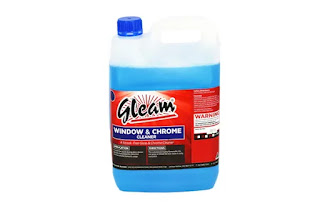A hygienic and clean environment is a prerequisite for both homes and offices. Two of the most essential products that enable this with simplicity are oven cleaner and window cleaner. Though they serve distinct purposes, both are essential in ensuring surfaces are stain-free, safe, and pleasant to the eye. Are you someone who wants to gather more facts about the Window cleaner, Oven cleaner? If Yes. This is the best place where people can gather more facts about the Window cleaner, Oven cleaner.
Window Cleaner: Crystal-Clear and Streak-Free Glass
Window cleaner is designed to remove dirt, smudges, fingerprints, and dust from glass. It creates a streak-free shine, causing windows, glass doors, mirrors, and display cases to gleam like new. Clean windows not only help an area appear more attractive but also make interiors brighter and more welcoming by providing increased penetration of natural light.
Modern window cleaners are generally safe on a wide variety of glass types and also convenient to use. Spray bottles or ready-to-use formulations offer quick cleaning with no drips. In commercial buildings, streak-free windows create a professional and welcoming environment for customers and staff.
Oven cleaner is necessary to fight the heavy, baked-on grease, oil, and food residue that accumulates in ovens and grills. It needs a special cleaner so that cooking appliances are clean and functioning properly. Regular cleaning with a good oven cleaner not only extends the lifespan of ovens but also prevents smoke, odors, and grease fires.
The majority of oven cleaner are meant to work on metallic surfaces but are safe for use on food-contact surfaces when applied correctly. They ensure it is easy to clean even the most stubborn stains, saving effort and time. In commercial kitchens, having clean ovens is important for health regulations and a high quality of food.










